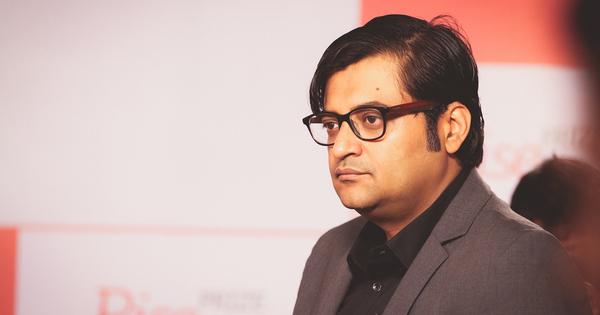
In a recent, much-discussed post, a Facebook friend lamented the absence of ‘balanced’ media coverage in India today. In seeing either only good or only bad in the current government, the media, he felt, was not only undermining its own credibility but misleading the public. It is an increasingly resonant charge – and one that has been made from either side of the political divide.
The concern, to be accurate, isn’t new. That sections of the media have had their leanings is no secret and things like paid news, planted stories and hatchet jobs didn’t exactly surface yesterday either. However, something more concerning has been afoot lately.
The change is most perceptible on the screens I, like many others, increasingly rely on for learning about, and interpreting, the world. TV anchors who maintained a semblance of neutrality have but given way to a breed whose sympathies and targets are predictable; and, the computer and mobile screen suggests greater, more passionate engagement with news and views emanating from non-traditional sources such as online magazines, Facebook posts, Twitter handles and WhatsApp groups. These new newsmongers may not fit into everyone’s understanding of ‘media’ but there’s no denying that they are now an integral part of the media-verse audiences have defined for themselves.
If nothing, the sheer number of ‘nationalist’ anchors and agenda-driven newsmongers marshaled make the Right more visible. Their considerable footprint draws on the audience’s growing appetite for aggressively ‘nationalist’ takes on the issues of the day – and, in an era of dwindling attention spans, peddling narratives in bulletized/ meme-ed/ dramatized form.
It would appear then that the Right has succeeded in creating a countervailing presence to the traditional media, which it has long suspected of ignoring, if not being contemptuous of, ‘Hindu’ sentiment. The project has principally relied on purveying ‘the truth the media will not tell you’ via a parallel information network. In the process, disillusionments with the traditional media have been twisted and magnified - to such an extent that this parallel network, at least among its burgeoning subscriber base, enjoys credibility simply on account of being outside the formal mediascape.
Among the traditional media, TV, with its eyeballs-at-all-costs approach, has unsurprisingly witnessed the most rapid and discernible Rightward swing. Channels have sensed that there are more takers for Rightist positions than ever before.
The Right-leaning media openly admits to its aim of correcting reporting imbalances and creating spaces for the kind of opinion the traditional media has been coy to carry. Its focus then is on story dimensions that it believes others willfully ignore. Along with a penchant for the simplistic (so as to be easily consumable), this translates into an (unsurprising) reliance on the seemingly compelling but ultimately inadequate factoid, lack of nuance, non-distinction between news and opinion - and an inability to find it within itself to interrogate the establishment.
Meanwhile, the non-Right media attempts its own imbalance correction seeing the Right’s narrative gain traction. In response to the threat of a noisy Right getting away with a mangled, insidious interpretation of reality, it prioritizes the other view and closely scrutinizes official claims. That it generally does so with more evidence and greater nuance is true but it still leaves itself open to accusations about being motivated and negative. One suspects it isn’t a happy situation for those who value a healthily skeptical media.
By balanced coverage, my friend presumably meant story selection and treatment that enables pressing public issues to be identified and portrayed in all their complexity, and commentary that harnesses evidence, including the inconvenient type, to permit informed positions on the same. It makes eminent sense. After all, the public trusts, or at least has hitherto trusted, the media to faithfully report and credibly interpret developments.
In the present-day however the search for such balance seems quixotic. The media on either side weighs against what it sees as the dominant but inaccurate narrative. Expecting one side to abandon its unapologetic war against historical bias or the other to explore a less skeptical, more palatably ‘mainstream’ side, isn’t realistic (and, in the case of the latter, not desirable either).
All this leaves readers and viewers two options. Either tap into multiple sources to make better sense of unfolding developments or look towards sources that confirm their worldview. With time at a premium and own positions shaped and hardened over years, the default choice is obvious. It’s also a choice that is shaping the media as much as it is shaping us.

